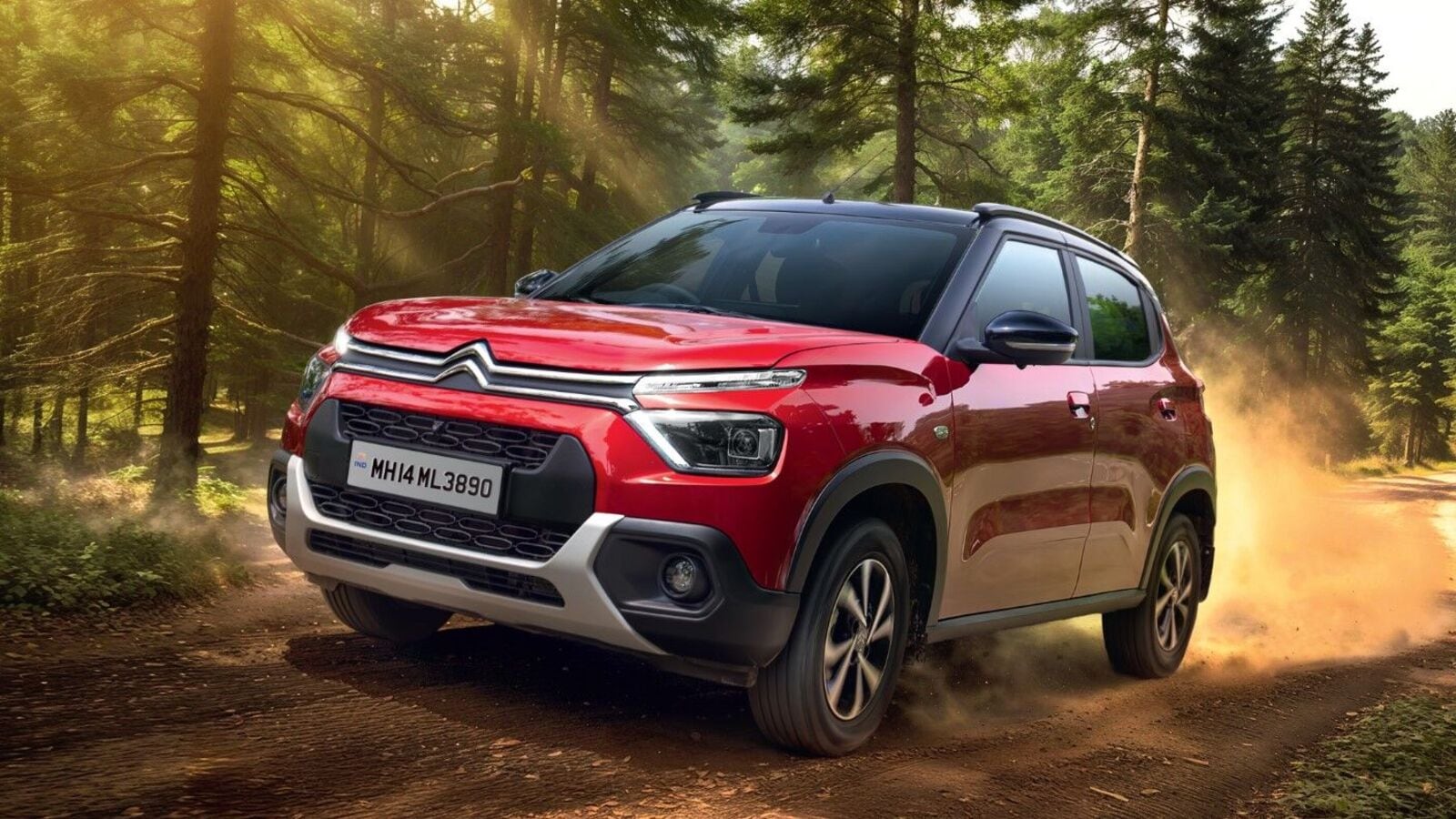18 August 2025

Which battery-electric vehicle (BEV) and plug-in hybrid (PHEV) models drove worldwide sales in the first half of 2025? How have these electric vehicle (EV) markets evolved? Autovista24 editor Tom Geggus examines the latest data from EV Volumes.
Worldwide sales of BEVs and PHEVs continued to grow in June, up 30.6% and 32.6% year on year, respectively. With a volume of 1,203,965 units, all-electric cars remained ahead of plug-in hybrids at 709,576 sales, according to EV Volumes data.
This positive result continued 2025’s streak of monthly double-digit year-on-year delivery improvements for both technologies. Yet, BEVs have seen varied results. In January, the powertrain saw a slower rate of growth than PHEVs at 21%. This was followed by a surge of 55.6% in February.
In the first half of 2025, this bumpy ride resulted in 6,053,860 BEV sales, up 34.5% year on year. This was a pronounced improvement on the 10.2% increase recorded at the same time in 2024.
Meanwhile, PHEV deliveries grew by 33.9% in the first half of this year, with 3,481,281 sales recorded. This included 709,576 deliveries in June, which was a 32.6% year-on-year improvement.
China drives BEV volumes
China led the charge in plug-in vehicle sales during the first half of 2025. 57.8% of all BEVs sold worldwide were delivered in the country, up from 54.1% six months earlier.
The next biggest market was the US, accounting for 9.4% of sales worldwide. This marked a decline from 12.4% recorded at the same point last year.
Germany and the UK accounted for 4.1% and 3.7% of all-electric sales, respectively. France saw a drop from a 3.6% market share at the same point in 2024 to 2.5% in the first half of 2025.
China accounted for an even larger slice of the global PHEV market between January and June. The country represented 70.7% of the powertrain’s deliveries, up by 1.2 percentage points (pp) year on year. The US made up 5.1% of sales, down 1pp from the first half of 2024.
Germany accounted for 4% of the market, up 0.6pp year on year. The UK continued to represent 3.1% of all PHEV sales, while Spain’s share grew by 0.4pp to 1.6%.
Best-selling BEVs worldwide
In the first half of 2025, the best-selling BEV worldwide was the Tesla Model Y. The crossover recorded 469,143 sales, meaning it made up 7.7% of overall volumes. Two markets accounted for over two-thirds of these sales.
China topped the charts, with 36.6% of all Model Y sales taking place in the country. It was closely followed by the US with 33.5%. Meanwhile, 3.3% of all the BEVs’ deliveries took place in South Korea, 3.1% in Canada and 2.6% in Turkey.
With nearly half the market share of its sibling, the Tesla Model 3 came second in the first half of the year. It accounted for 3.8% of all global BEV sales, with 227,210 units delivered. Behind the two Tesla models, Chinese BEVs populated the rest of the top 10.
A resurgent Geely Geome Xingyuan claimed third with 205,091 sales and a 3.4% market share. This was its highest position in the year-to-date table since February. This was the model’s highest position since February. It started the year well before dropping to fifth in April, then gaining positions again in May and June.
BYD’s BEV block
The Xingyuang overtook the BYD Seagull, also known as the Dolphin Surf in some countries, which dropped to fourth. It represented 3.3% of all BEV deliveries and recorded 200,079 sales. The Wuling Mini held on to fifth with 170,661 deliveries and 2.8% of the market. The Xiaomi SU7 followed in sixth. It made up 2.6% of all-electric sales with 155,821 units.
The BYD Yuan Plus, known as the Atto 3 in select markets, finished seventh. It recorded 126,184 sales, taking a 2.1% market share. Its sibling, the BYD Yuan Up, also known as the Atto 2, followed close behind. It claimed a market share of 1.8% with 106,068 units.
In ninth, the BYD Dolphin made up 1.6% of all BEV deliveries after moving 97,755 units. This meant four BYD models made it into the year-to-date top 10, a first for the carmaker this year. The Wuling Bingo fell to 10th, also claiming a market share of 1.6% with 94,602 deliveries.
Bitter-sweet victory
On the face of it, Tesla experienced a buoyant June. The carmaker’s quarterly boost allowed it to take back control of the top two. The Model Y recorded 133,629 sales, marking a year-on-year increase of 14%.
Meanwhile, the Tesla Model 3 took back second place. However, its sales fell by 18.8% to 52,844 units. Both BEVs also saw their market share drop as competition intensified. The Model Y’s grip loosened by 1.6pp to 11.1%. The Model 3 fell from a 7.1% hold in June 2024 to 4.4% a year later.
The Geely Geome Xingyuan finished the month in third, reaching 40,891 deliveries and capturing 3.4% of the market. In fourth, BYD Seagull saw its sales fall by 7.4% to 35,724 units. This meant it captured 3% of the market, down 1.2pp.
The Wuling Mini finished in fifth with 26,113 units, an increase of 156.3%. Its grip on the global market tightened by 1.1pp to 2.2%. The BYD Dolphin saw its sales grow by 96.7% to 25,895 units. This meant it also represented 2.2% of all BEV sales in the month, up from 1.4% at the same point last year.
BYD takes last three spots
The Xiaomi SU7 claimed seventh as its deliveries grew by 62.6% to 23,252 units. Its share increased accordingly to 1.9% from its 1.6% market share recorded in June 2024.
BYD took the last three spots in the top 10, with the BYD Yuan Plus in eighth. Its sales fell by 28.3% to 21,689 units. Its grip on the market also weakened, from 3.3% in June 2024 to 1.8% a year later.
The BYD Yuan Up finished the month in ninth. Its deliveries increased by 94.4% to 16,332 units, meaning it took a 1.4% share, up from 0.9%. The BYD Sealion 7 came 10th, its sales soared by 207.5% to 15,970 units. This meant it represented 1.3% of the market, up 0.7pp.
Best-selling PHEVs worldwide
The PHEV version of the BYD Song Plus, known as the Seal U in some markets, recorded 188,484 sales between January and June. This meant it led the global PHEV market, making up 5.4% of all PHEV sales.
China accounted for 63.2% of the model’s total deliveries. Turkey was a distant second with a7.1% share, while Mexico represented 6.9% of overall volumes. The UK accounted for 4.6% of the model’s sales, followed by Italy with a 3.7% share.
The Song Plus was the first of seven BYD models in the year-to-date PHEV top 10. With 127,353 units sold, the BYD Song Pro took second with a 3.7% share. Not far behind was the BYD Qin Plus with 3.3% of the market and 114,689 deliveries.
Moving up a position, the BYD Seal 06 came fourth with a 3% hold and 103,045 sales. This meant the Li Auto L6 slipped to fifth, posting a 2.8% share and 96,419 sales. The BYD Qin L recorded 94,600 deliveries, taking 2.7% of the market.
Moving up to seventh, the BYD Song L claimed a 2.2% share with 76,789 sales. The BYD Destroyer 05, also known as the Seal 5, climbed to eighth position, making up 2.1% total PHEV volumes. In total, 72,700 of these models were sold globally.
Losing ground, the Galaxy Starship 7 fell from seventh in last month’s report to ninth. It recorded 70,918 deliveries and made up 2% of the market. Behind it, the Aito M9 moved up to 10th with 58,700 sales and a 1.7% share.
Chinese PHEVs rule the roost
The best-selling PHEV in June was the BYD Song Plus, which saw its sales increase by 25.6% to 35,767 units. However, with increasingly strong competition, its market share fell by 0.3pp to 5%.
The BYD Qin Plus came second as its sales dropped by 29.4% to 25,818 units. Its share dropped accordingly, down from 6.8% in June 2024 to 3.6% 12 months later. The BYD Seal 06 was third with 23,783 deliveries, up 193.3% year on year. It captured 3.4% of the market, marking a rise of 1.9pp.
The BYD Song Pro finished in fourth with 23,280 sales. Its market share fell to 3.3% from 4.4% in June 2024. The Aito M8 finished in fifth after recording 21,185 sales, giving it a 3% grip on the market. This is an impressive feat for the extended-range electric vehicle, as its first sales were recorded in April this year.
The BYD Song L came sixth with 18,344 deliveries, making up 2.6% of the global PHEV market. BYD Destroyer 05 came next with a 2.5% market share, down from the 3.7% recorded 12 months prior. It saw 17,562 units sold in the month.
With 16,536 sales, the Li Auto L6 finished eighth, down 30.7% year on year. This meant its market share slipped from 4.5% to 2.3%. The BYD Qin L suffered a similar fate in ninth. Down 9.5% to 16,304 deliveries, its grip on the market loosened from 3.4% to 2.3%. Finally, the only non-Chinese PHEV in the top 10 was the Volvo XC60. It posted 14,821 sales, as its market share increased by 0.8pp to 2.1%.





